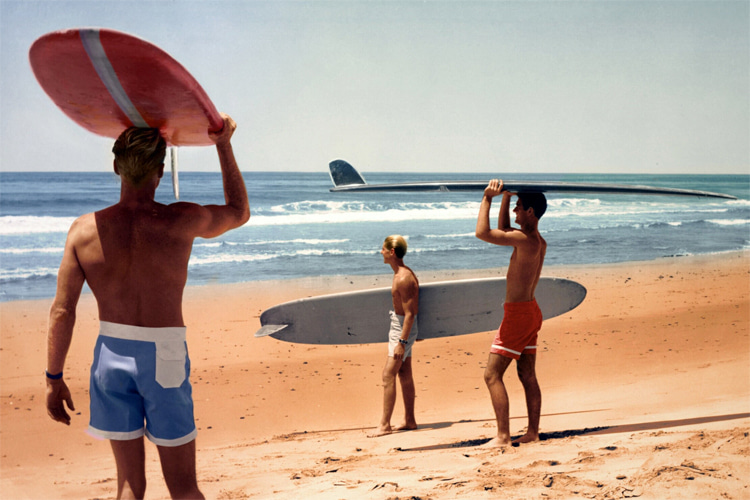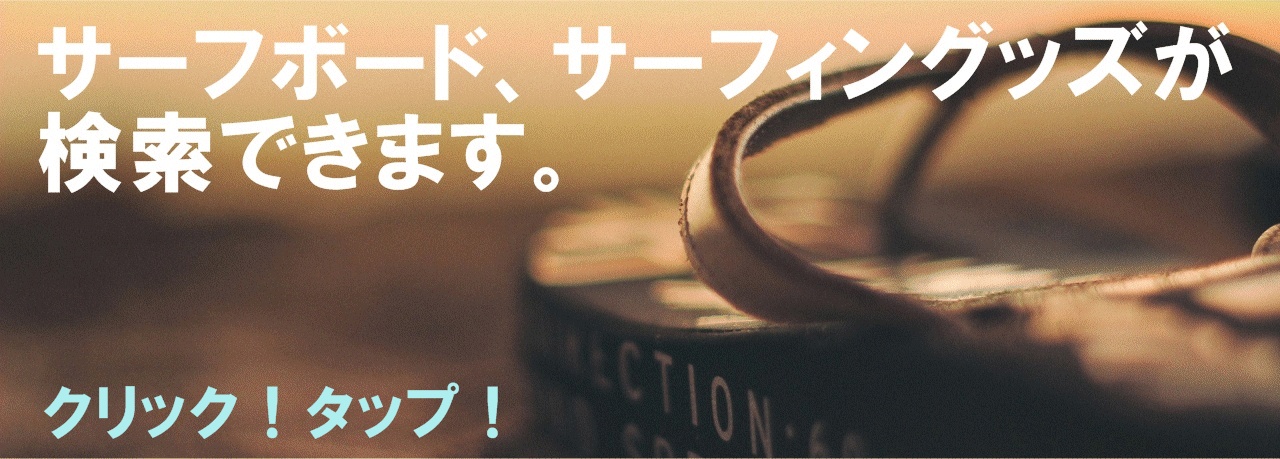The untold story behind the ‘Theme from The Endless Summer’

Bruce Brown’s 1964 film “The Endless Summer” is the marquee example of a film made for surfers that went on to have phenomenal crossover success when distributed nationally in 1966.
The premise of the film is simple: two surfers travel around the world following summer in search of waves (never mind that the best waves are always in the other three seasons).
Part documentary travelogue, part quest for the perfect wave, part buddy film, it is peppered with comedic moments and is carried along by Brown’s trademark wry narrative and, of course, a fine musical soundtrack.
Brown made his first film in 1958 before surfing had gained mainstream popularity.
When he was making “The Endless Summer,” his sixth film, surfing was firmly established in popular culture, including boasting its own popular music – the named genre surf music.
In the previous chapter of my book “Surfing About Music,” I showed that by 1965, the widespread popularity of surf music had passed, but Brown was making “The Endless Summer” from 1962 through 1964, a period when surf music was still in its heyday.

Bruce Brown Did Not Seek The Sandals
In an interview, I asked Brown why he had not asked The Beach Boys or Dick Dale to create the soundtrack for his new film.
His response was manifold: surfers tended not to like surf music at that time (though he likes The Beach Boys now); The Beach Boys sang songs, and he did not use music with lyrics in his films because he thought the text would interfere with his narration; and cost – he could not afford The Beach Boys and probably not Dick Dale.
Instead of engaging an established band that would have brought attention to the film, he used for the soundtrack a then-unknown, unrecorded band called The Sandals.
Brown did not seek out The Sandals.
The band of young men (most of them still in high school at the time) boldly approached Brown and proposed creating the music for his new film.
As Brown recently said when recalling that moment: “I went ‘Yeah, fine,’ thinking this is going to be a joke. God, they came back a couple of weeks later and played the theme, and I went, ‘Jesus, that’s terrific.'”
Brown was clearly taken with their whimsical, understated music that combined acoustic and electric guitars with a melodica (a small mouth-blown keyboard reed instrument).
He scheduled time for the band in the studios of World Pacific Records in Hollywood, where they performed and recorded ten of their own compositions for the film, as well as covers of “Jet Black” by Jet Harris and “Driftin'” by Hank Marvin.
Both Harris and Marvin were members of the British band The Shadows.
The soundtrack includes these recordings made by The Sandals, plus arrangements of their compositions for a small studio ensemble of professional musicians, including brass, woodwinds, and strings.

Not Exactly Surf Music
The Sandals called themselves a surf band.
In many ways, they fit comfortably within the surf music genre – an instrumental guitar-led rock band.
Many of the pieces they performed for “The Endless Summer” fall squarely into the instrumental surf music style: electric guitar lead and twelve-bar blues.
An example is their piece “Out Front,” set to the very first footage of actual surfing in the movie.
Yet the music most identified with the film is the theme tune, played for the opening sunrise sequence and credits and at various other times throughout the film (sometimes played by The Sandals and at other times arranged for different instruments and performed by the studio ensemble).
This composition, called “Theme from The Endless Summer,” is what originally captured Brown’s imagination and got The Sandals their greatest career gig.
As played by The Sandals, the theme includes a mix of acoustic guitar (Walter Georis), melodica (Gaston Georis), electric guitar (John Blakeley), electric bass (John Gibson), and drums (Danny Brawner).
This mix of instruments creates an ensemble timbre that is uncharacteristic in the surf music genre.
In addition, the formal structure of the theme song and of two other compositions used in the film – “Wild as the Sea,” heard during the Raglan, New Zealand, scenes, and “Lonely Road,” used for several travel sequences – also distinguishes this soundtrack from the surf music genre.
For example, both “Theme from the Endless Summer” and “Lonely Road” feature harmonically ambiguous guitar ostinatos (repeated patterns) that alternate between two major chords one step removed.
Both have slow, sustained-note melodies, repeated without variation – not the virtuosic riffs favored by many surf music guitarists – with a bridge beginning on the chord that is the logical resolution of their respective two-chord ostinatos, and both end back in the harmonically ambiguous area of those two-chord ostinatos.
These slow, introspective compositions, blending acoustic and electric instruments, were not the usual fare for the surf music genre of the time.
And though the other compositions by The Sandals for this movie do fall squarely within the formal standards of surf music (primarily twelve-bar blues, though The Sandals tended to favor eight-bar blues), their style never achieves the sonic power of most surf bands of the era.
Thus, while Dick Dale had only recently been blowing up prototype Fender amplifiers as he attempted to capture the power of surfing with his guitar, Brown selected a much mellower and subtler version of surf music for his greatest film.
To my ear, the original Endless Summer recordings by The Sandals reference the surf music genre but do not represent it.
Making “The Endless Summer” a Timeless Movie
The choice of The Sandals was shrewd on Bruce Brown’s part, and their music contributes to the longevity of the film.
Though in 1964 Brown could have emphasized the music that was then as now internationally associated with surfing as an obvious soundtrack for his film, he instead touched the genre lightly.
It was a fortuitous decision since surf music was received with some ambivalence, especially, as I showed in Chapter 2 of my book “Surfing About Music,” among individuals who self-identified as surfers before surf music existed as a popular genre.
Yet, at the same time, for the wider, non-surfing audience who Brown hoped would also buy tickets for this film, surf music was a sonic index for surfing.
So Brown chose a surf band to create the soundtrack for his film, but he chose one that played with the genre, not to it.
He seems to have gotten something right.
After its initial release in 1964, primarily for his established fan base of surfers, the film was released to critical acclaim a second time in 1966 across the country and abroad, and it remains surfing’s movie masterpiece today.
Words by Timothy J. Cooley | Professor, Ethnomusicologist, and Author of the book “Surfing About Music”


